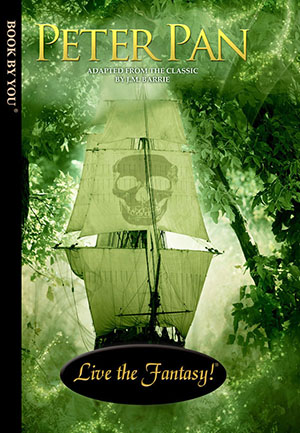
That was changed after Barrie started getting complaints from parents whose children had injured themselves by jumping from high places.īarrie later turned the play into a book, “Peter and Wendy,” in 1911, and it has become a bona fide children’s classic - and arguably the most successful novelization of a play/movie ever.īy far the most well-known take on Peter Pan to this day is Walt Disney’s 1953 animated version. For instance, in the initial production, Peter and the other children could fly completely unaided, without having to use pixie dust. The play proved so popular with audiences that it was performed every year thereafter for 10 years, albeit with slight tweaks along the way.


It introduced everything from Wendy and the rest of the Darling children to “the Never-Never-Land” and Tiger Lily with her tribe of “Picaninny warriors.” In 1904, the first production of “Peter Pan or, the Boy Who Wouldn’t Grow Up” was performed in London. These chapters were later published in 1906 as a standalone children’s book (with a few alterations) titled “Peter Pan in Kensington Gardens.”īut it was through a stage play, primarily, that the character really took shape.


 0 kommentar(er)
0 kommentar(er)
